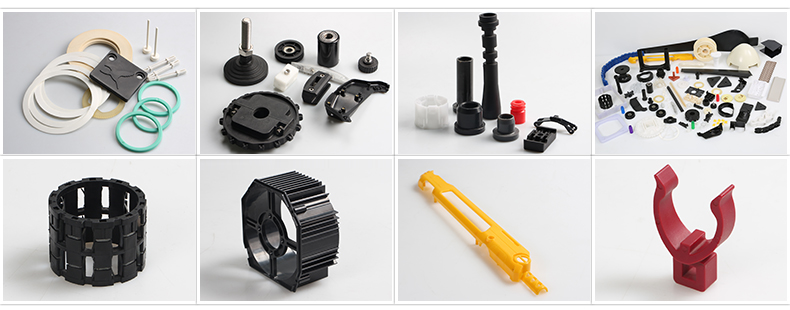Plastic Injection Molding Manufacturing Process and Advantages and Disadvantages
Plastic injection molding is a process for producing parts made of thermoplastics or thermoset plastics. It is widely used in the mass production of plastic products and is suitable for the production of a variety of plastic products, including household appliances, electronic equipment casings, and automotive parts. wait. The key to plastic injection molding is to make a mold, which has four main stages.
1. Analyze customer models and designs
First determine the customer's design and functional requirements, including size, shape, material selection, etc. CAD (computer-aided design) software is usually used for analysis at this stage. This program allows plastic mold engineers to visualize, test and change designs with just a few clicks.

2.Prototype
Unless your mold is super basic, mold prototyping is the best way to go. Otherwise, you could be spending six figures on a mold that doesn’t meet your requirements! 3D printers work well in the prototyping stage because they don’t cost much to use. Depending on the design of the part, polymer casting, machining or fabrication may also be suitable.
3. Workwear
Molds are the final step in the mold manufacturing process. In this step, engineers transform the design into a finished product. A good plastic injection mold manufacturer will have an in-house tool room with a wide variety of tool materials and machines.
4. Test
Despite the best design, prototyping, and tooling, never skip the testing phase. This is an opportunity to examine important factors such as the finished surface of the plastic part and how the runners separate from the part. Use the testing phase to make minor changes to the mold to ensure long-term performance.
Advantages of Plastic Injection Molding
Maximum utilization of raw materials:
Unlike CNC machining, which cuts plastic from large blocks or sheets, plastic injection molding produces very little waste. With CNC machining, you might start with a 100-gram piece of plastic, but at the end of the manufacturing process, you might be left with a final product that weighs just a few grams. Plastic Injection Molding Out of 100 grams of virgin plastic material, on average only 20 grams become waste.
Ability to make complex parts:
Products manufactured using plastic injection molding processes can be complex, which can reduce the number of individual parts required to manufacture a single object, further reducing overall production time. By adding features such as unscrewing clamps and core pulls, parts can be created with threads or side holes, eliminating secondary operations required when using other manufacturing processes. Your design or company branding can even be molded directly onto the part during the manufacturing process.
Low cost (in the long run) and green:
Because plastic injection molding wastes less material than other types of plastic manufacturing, such as CNC machining, it is a less expensive process. Additionally, plastic is cheaper than other materials like metal and rubber. Recycling is another cost-saving feature of injection molding. Any remaining plastic that is not part of the final product can be recycled through grinding. A by-product of this process is called "regrind," where the material is reused. Once you pay the initial cost of the mold, the labor cost to operate the mold is very low. Over time, the mold's high productivity will pay for some, if not all, of the cost.
Consistent quality:
Plastic injection molding is a highly repeatable process. With an injection molding machine, thousands of plastic parts can be produced in a day, all of similar quality. Injection molding can have a scrap rate of less than 1% before proper mold design, material selection and product design.

Disadvantages of plastic injection molding:
Design constraints
Plastic injection molding relies on heating and cooling plastic. If the mold shape causes the plastic to cool in an inconsistent manner, your plastic parts will be prone to defects. You can limit this risk by ensuring that the walls of the mold are uniform in size so that your part solidifies evenly. Ideally, the wall thickness of a plastic injection mold should not be more than 4 mm and thinner than 0.5 mm. Remember, the thicker the wall, the longer each cycle will take.
Size limit
If you need to produce large, single plastic parts, injection molding has its limitations. While there are injection molding machines large enough to produce boat hulls, the molding scenarios discussed in this article are for smaller parts of three pounds or less. If you need larger parts, lead times and costs can increase exponentially. You can work around this limitation at design time by using multiple injection molds to create multiple parts of a large product and assembling them as a secondary operation.



